6.2 Storage: Maintaining Memories over Time
Encoding is the process of turning perceptions into memories. But one of the hallmarks of a memory is that you can bring it to mind on Tuesday, not on Wednesday, and then bring it to mind again on Thursday. So where are our memories when we aren’t using them? Clearly, those memories are stored in some form in your brain. As pointed out earlier, storage is the process of maintaining information in memory over time. There are three major kinds of memory storage: sensory, short-
Sensory Storage

 Figure 6.5: Iconic Memory Test When a grid of letters is flashed on screen for only 1/20th of a second, it is difficult to recall individual letters. But if prompted to remember a particular row immediately after the grid is shown, research participants will do so with high accuracy. Sperling used this procedure to demonstrate that although iconic memory stores the whole grid, the information fades away too quickly for a person to recall everything (Sperling, 1960).
Figure 6.5: Iconic Memory Test When a grid of letters is flashed on screen for only 1/20th of a second, it is difficult to recall individual letters. But if prompted to remember a particular row immediately after the grid is shown, research participants will do so with high accuracy. Sperling used this procedure to demonstrate that although iconic memory stores the whole grid, the information fades away too quickly for a person to recall everything (Sperling, 1960).
Sensory memory is a type of storage that holds sensory information for a few seconds or less. In a series of classic experiments, research participants were asked to remember rows of letters (Sperling, 1960). In one version of the procedure, participants viewed three rows of four letters each, as shown in FIGURE 6.5. The researcher flashed the letters on a screen for just 1/20th of a second. When asked to remember all 12 of the letters they had just seen, participants recalled fewer than half. There were two possible explanations for this: Either people simply couldn’t encode all the letters in such a brief period of time, or they had encoded the letters but forgotten them while trying to recall everything they had seen.
To test the two ideas, the researcher relied on a clever trick. Just after the letters disappeared from the screen, a tone sounded that cued the participants to report the letters in a particular row. A high tone cued participants to report the contents of the top row, a medium tone cued participants to report the contents of the middle row, and a low tone cued participants to report the contents of the bottom row. When asked to report only a single row, people recalled almost all of the letters in that row! Because the tone sounded after the letters disappeared from the screen, the researchers concluded that people could have recalled the same number of letters from any of the rows, had they been asked. Participants had no way of knowing which of the three rows would be cued, so the researcher inferred that virtually all the letters had been encoded. In fact, if the tone was substantially delayed, participants couldn’t perform the task because the information had slipped away from their sensory memories. Like the after image of a flashlight, the 12 letters flashed on a screen are visual icons, a lingering trace stored in memory for a very short period.
How long is information held in iconic and echoic memory before it decays?
Because we have more than one sense, we have more than one kind of sensory memory. Iconic memory is a fast-
229
Short-Term Storage and Working Memory
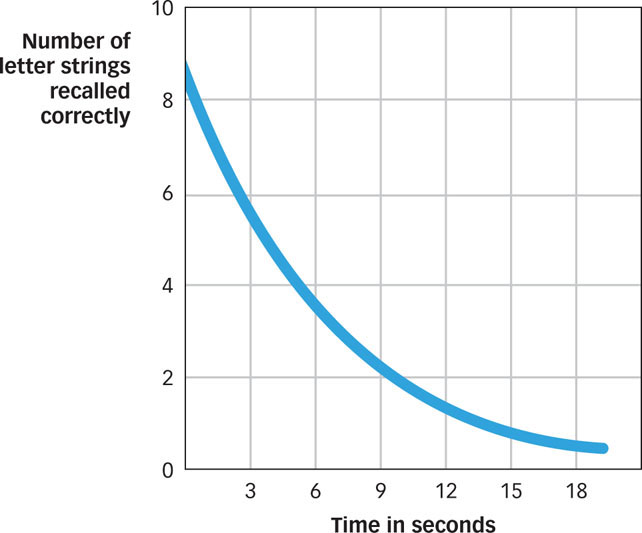
 Figure 6.6: The Decline of Short-
Figure 6.6: The Decline of Short-A second kind of memory storage is short-term memory, which holds nonsensory information for more than a few seconds but less than a minute. For example, if someone tells you a telephone number, you can usually repeat it back with ease–but only for a few seconds. In one study, research participants were given consonant strings to remember, such as DBX and HLM. After seeing each string, participants were asked to count backward from 100 by 3 for varying amounts of time and were then asked to recall the strings (Peterson & Peterson, 1959). As shown in FIGURE 6.6, memory for the consonant strings declined rapidly, from approximately 80% after a 3-
Why is it helpful to repeat a telephone number you’re trying to remember?
What if 15 to 20 seconds isn’t enough time? What if we need the information for a while longer? We can use a trick that allows us to get around the natural limitations of our short-
Short-
Short-
Research conducted in the context of this model has taught us that working memory plays an important role in many aspects of our cognitive lives. For example, studies of individuals with neurological damage to the verbal subsystem of working memory reveal that, not only do they have problems holding onto strings of digits and letters for a few seconds, they also have difficulty learning novel words. This suggests a link between this part of the working memory system and the ability to learn language (Baddeley, 2001; Gathercole, 2008).
230
Brain imaging studies indicate that the central executive component of working memory depends on regions within the frontal lobe that are important for controlling and manipulating information on a wide range of cognitive tasks (Baddeley, 2001). Children who score low on working memory tasks have difficulty learning new information and performing well in the classroom (Alloway et al., 2009). Can working memory skills can be trained, and can such training enhance cognitive functioning? This question has become a hot research topic over the past few years (Klingberg, 2010; Shipstead, Redick, & Engle, 2012).

SUSAN SCHWARTZENBERG. © EXPLORATORIUM, WWW.EXPLORATORIUM.EDU
In typical studies, participants are first given extensive practice performing working memory tasks that require the maintenance and manipulation of visual or verbal information. They are then tested on new working memory tasks that have not been specifically trained, as well as on other cognitive tasks that tap such capacities as reasoning, comprehension, or paying sustained attention. Some encouraging results have been reported. For example, elementary school students trained on several working memory tasks (about 35 minutes/day for at least 20 days over a 5-
Long-Term Storage
The artist Franco Magnani was born in Pontito, Italy, in 1934. In 1958, he left his village to see the rest of the world and settled in San Francisco in the 1960s. Soon after arriving, Magnani began to suffer from a strange illness. Every night he experienced feverish dreams of Pontito, in which he recalled the village in vivid detail. The dreams soon penetrated his waking life in the form of overpowering recollections, and Magnani decided that the only way to rid himself of these images was to capture them on canvas. For the next 20 years, he devoted much of his time to painting, in exquisite detail, his memories of his beloved village. Many years later, photographer Susan Schwartzenberg went to Pontito, armed with a collection of Magnani’s paintings, and photographed each scene from the perspective of the paintings. As you can see in the images, the correspondence between the paintings and the photographs was striking (Sacks, 1995; Schacter, 1996).
231
Many years intervened between Magnani’s visual perception and artistic reconstruction of the village, suggesting that very detailed information can sometimes be stored for a very long time. In contrast to the time-
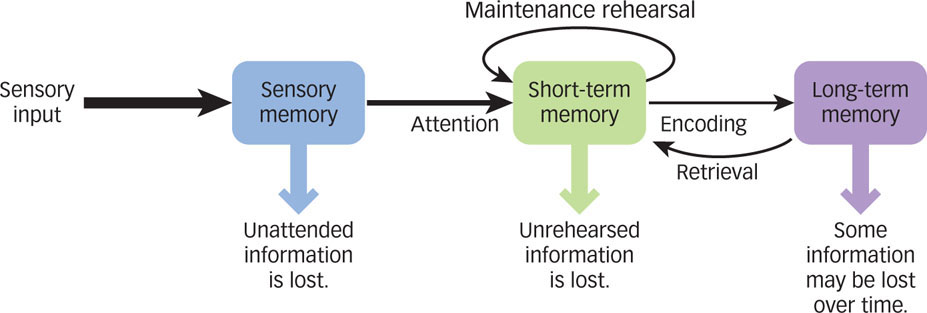
 Figure 6.7: The Flow of Information through the Memory System Information moves through several stages of memory as it gets encoded, stored, and made available for later retrieval.
Figure 6.7: The Flow of Information through the Memory System Information moves through several stages of memory as it gets encoded, stored, and made available for later retrieval.
Amazingly, people can recall items from long-
The Role of the Hippocampus as Index
Where is long-
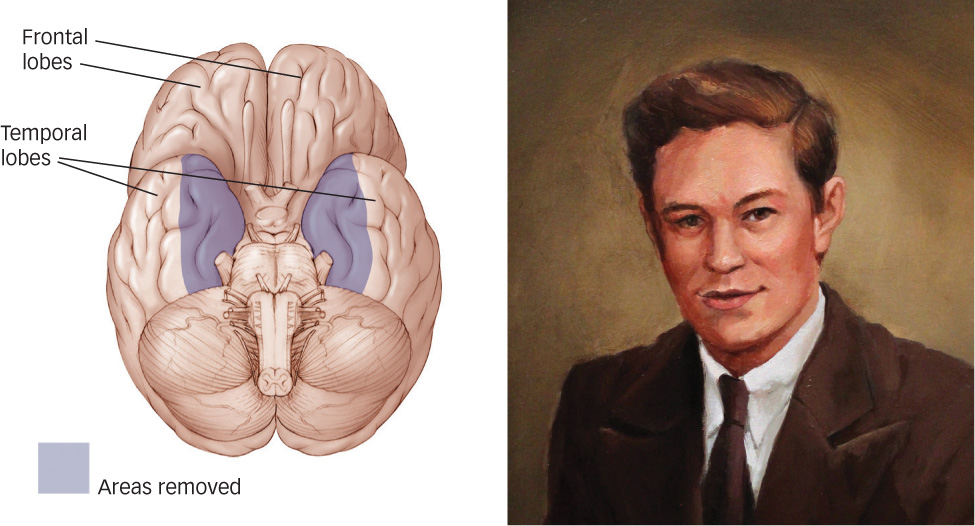
 Figure 6.8: The Hippocampus Patient HM had his hippocampus and adjacent structures of the medial temporal lobe (indicated by the shaded area) surgically removed to stop his epileptic seizures (left). As a result, he could not remember things that happened after the surgery. Henry Molaison (right), better known to the world as patient HM, passed away on December 2, 2008, at the age of 82 at a nursing home near Hartford, Connecticut. Henry participated in countless memory experiments after he became amnesic in 1953, and in so doing made fundamental contributions to our understanding of memory and the brain.
Figure 6.8: The Hippocampus Patient HM had his hippocampus and adjacent structures of the medial temporal lobe (indicated by the shaded area) surgically removed to stop his epileptic seizures (left). As a result, he could not remember things that happened after the surgery. Henry Molaison (right), better known to the world as patient HM, passed away on December 2, 2008, at the age of 82 at a nursing home near Hartford, Connecticut. Henry participated in countless memory experiments after he became amnesic in 1953, and in so doing made fundamental contributions to our understanding of memory and the brain.
232
How is using the hippocampal region index like learning a recipe?
Some individuals with amnesia also suffer from retrograde amnesia, which is the inability to retrieve information that was acquired before a particular date, usually the date of an injury or surgery. The fact that HM had much worse anterograde than retrograde amnesia suggests that the hippocampal region is not the site of long-
Going back to our cooking analogy, you can think of the hippocampal region index like a printed recipe. The first time you make a pie, you need the recipe to help you retrieve all the ingredients and then mix them together in the right amounts. As you bake more and more pies, though, you don’t need to rely on the printed recipe anymore. Similarly, although the hippocampal region index is critical when a new memory is first formed, it may become less important as the memory ages. Another possibility is that the hippocampal index remains involved over long periods of time with some memories (highly detailed recollections of personal experiences, the kinds of memories that give us the feeling that we are almost reliving a past experience), but does not stay involved in less detailed, more general memories (Harand et al., 2012; Winocur, Moscovitch, & Bontempi, 2010). In terms of the cooking analogy, you might need to rely on a recipe each time you cook a complex meal with many details, but not when you cook a simpler meal with a less detailed recipe. Scientists are still debating the extent to which the hippocampal region helps us to remember details of our old memories (Bayley, Gold, et al., 2005; Kirwan et al., 2008; Moscovitch et al., 2006; Squire & Wixted, 2011; Winocur et al., 2010), but the notion of the hippocampus as an index explains why people like HM cannot make new memories and why they can remember old ones.
Memory Consolidation
The idea that the hippocampus becomes less important over time for maintaining memories is closely related to the concept of consolidation, the process by which memories become stable in the brain (McGaugh, 2000). Shortly after encoding, memories exist in a fragile state in which they can be easily disrupted; once consolidation has occurred, they are more resistant to disruption. One type of consolidation operates over seconds or minutes. For example, when someone experiences a head injury in a car crash and later cannot recall what happened during the few seconds or minutes before the crash–but can recall other events normally–the head injury probably prevented consolidation of short-
233
How does a memory become consolidated? The act of recalling a memory, thinking about it, and talking about it with others probably contributes to consolidation (Moscovitch et al., 2006). And though you may not be aware of it, consolidation gets a boost from something that you do effortlessly every night: sleep. As explained in the Hot Science box, mounting evidence gathered during the past decade indicates that sleep plays an important role in memory consolidation.
HOT SCIENCE: Sleep on It
Thinking about pulling an all-
Nearly a century ago, Jenkins and Dallenbach (1924) reported that recall of recently learned information is greater immediately after sleeping than after the same amount of time spent awake. But Jenkins and Dallenbach did not think that sleep played an active role in strengthening or consolidating memory. They argued instead that being asleep passively protects us from encountering information that interferes with our ability to remember. As is explained by retroactive interference, that’s a valid argument. However, during the past few years, evidence has accumulated that sleep plays an active role in memory consolidation, doing more than simply protecting us from waking interference (Diekelman & Born, 2010; Ellenbogen, Payne, & Stickgold, 2006). Sleep selectively enhances the consolidation of memories that reflect the meaning or gist of an experience (Payne et al., 2009), as well as emotionally important memories (Payne et al., 2008), suggesting that sleep helps us to remember what’s important and to discard what’s trivial.
This idea is reinforced by recent evidence which shows that the beneficial effects of sleep on subsequent memory are observed only when people expect to be tested. In one study, Wilhelm et al. (2011) found that after studying a list of word pairs, participants who were informed that their memory would be tested later showed improved recall after sleep compared with an equivalent period of wakefulness. But a separate group that had not been informed of the memory test (and did not suspect it) showed no improvement in recall after sleep compared with wakefulness.
In an additional study (van Dongen et al., 2012), participants studied pictures of either buildings or furniture that were each associated with a particular location on a slide (see below). Soon after, participants received a memory test for the picture–location associations. They were then instructed that they would be retested 14 hours later for either the building pictures or the furniture pictures (the relevant category) and would not be retested on the other type of picture (the irrelevant category). Half of the participants were tested after sleep (initial learning was in the afternoon for these individuals) and half after remaining awake (initial learning was in the morning for these individuals). On the retest, there was less forgetting for the relevant than irrelevant categories in the sleep group, but there was no such difference in the awake group. Furthermore, for participants in the sleep group, the amount of time spent sleeping was correlated with retention of relevant information but not with retention of irrelevant information; those participants who slept longer retained more of the relevant information.
So, when you find yourself nodding off after hours of studying for your exam, the science is on the side of a good night’s sleep.
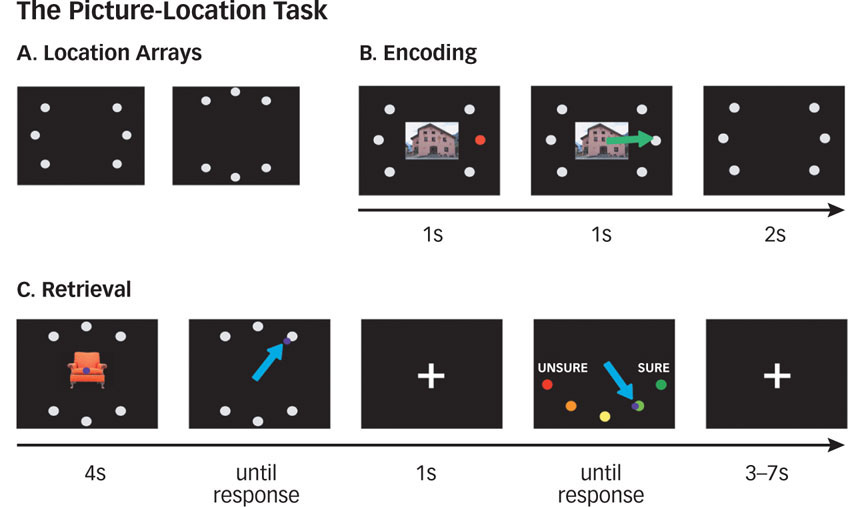
234

When is a consolidated memory vulnerable to disruption?
Many researchers have long believed that a fully consolidated memory becomes a permanent fixture in the brain, more difficult to get rid of than a computer virus. But another line of research that has developed rapidly in recent years suggests that things are not so simple. Experiments have shown that even seemingly consolidated memories can become vulnerable to disruption when they are recalled, thus requiring them to be consolidated again. This process is called reconsolidation (Dudai, 2012; Nader & Hardt, 2009). Evidence for reconsolidation mainly comes from experiments with rats showing that when animals are cued to retrieve a new memory that was acquired a day earlier, giving the animal a drug (or an electrical shock) that prevents initial consolidation will cause forgetting (Nader, Shafe, & LeDoux, 2000; Sara, 2000). Critically, if the animal is not actively retrieving the memory, the same drug (or shock) has no effect when given a day after initial encoding. This finding is surprising because it was once thought that when memories are consolidated, drugs or shock that prevent initial consolidation no longer have any impact. To the contrary, it appears that each time they are retrieved, memories become vulnerable to disruption and have to be reconsolidated.
Might it be possible one day to eliminate painful memories by disrupting reconsolidation? Recent research with traumatized individuals suggests it could be: When a traumatic event was reactivated after administration of a drug that reduces anxiety, there was a subsequent reduction in traumatic symptoms (Brunet et al., 2008, 2011). Other research with nontraumatized individuals has shown that something like this happens, without the use of drugs, as a result of reactivating a fear memory (being shocked in the presence of a particular object) a day after the memory was acquired. Adding nonfearful information to the reactivated memory (re-
Memories, Neurons, and Synapses
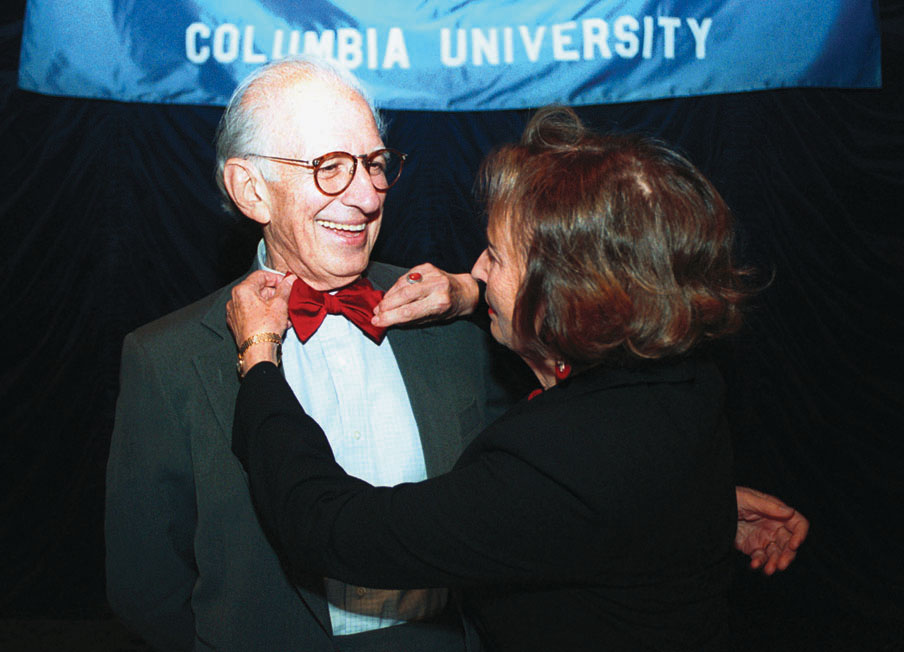
We’ve already discussed parts of the brain that are related to memory storage, but we haven’t said much about how or where memories are stored. Research suggests that memory storage depends critically on the spaces between neurons. You’ll recall from the Neuroscience and Behavior chapter that a synapse is the small space between the axon of one neuron and the dendrite of another, and neurons communicate by sending neurotransmitters across these synapses. As it turns out, sending a neurotransmitter across a synapse isn’t like sending a toy boat across a pond because the act of sending actually changes the synapse. Specifically, it strengthens the connection between the two neurons, making it easier for them to transmit to each other the next time. This is why researchers sometimes say, “cells that fire together wire together” (Hebb, 1949).
235
The idea that the connections between neurons are strengthened by their communication, making communication easier the next time, provides the neurological basis for long-
When an experimenter stimulates Aplysia’s tail with a mild electric shock, the slug immediately withdraws its gill, and if the experimenter does it again a moment later, Aplysia withdraws its gill even more quickly. If the experimenter comes back an hour later and shocks Aplysia, the withdrawal of the gill happens as slowly as it did the first time, as if Aplysia can’t “remember” what happened an hour earlier (Abel et al., 1995). But if the experimenter shocks Aplysia over and over, it does develop an enduring “memory” that can last for days or even weeks. Research suggests that this long-

How does building a memory produce a physical change in the nervous system?
If you’re something more complex than a slug–say, a chimpanzee or your room-
236
 There are several different types of memory storage:
There are several different types of memory storage:- Sensory memory holds information for a second or two.
- Short-
term or working memory retains information for about 15 to 20 seconds. - Long-
term memory stores information anywhere from minutes to years or decades.
 The hippocampus and nearby structures play an important role in long-
The hippocampus and nearby structures play an important role in long-term memory storage, as shown by the severe amnesia of individuals such as HM. The hippocampus also is important for memory consolidation, the process that makes memories increasingly resistant to disruption over time. Sleep contributes importantly to memory consolidation.  Memory storage depends on changes in synapses, and long-
Memory storage depends on changes in synapses, and long-term potentiation (LTP) increases synaptic connections.